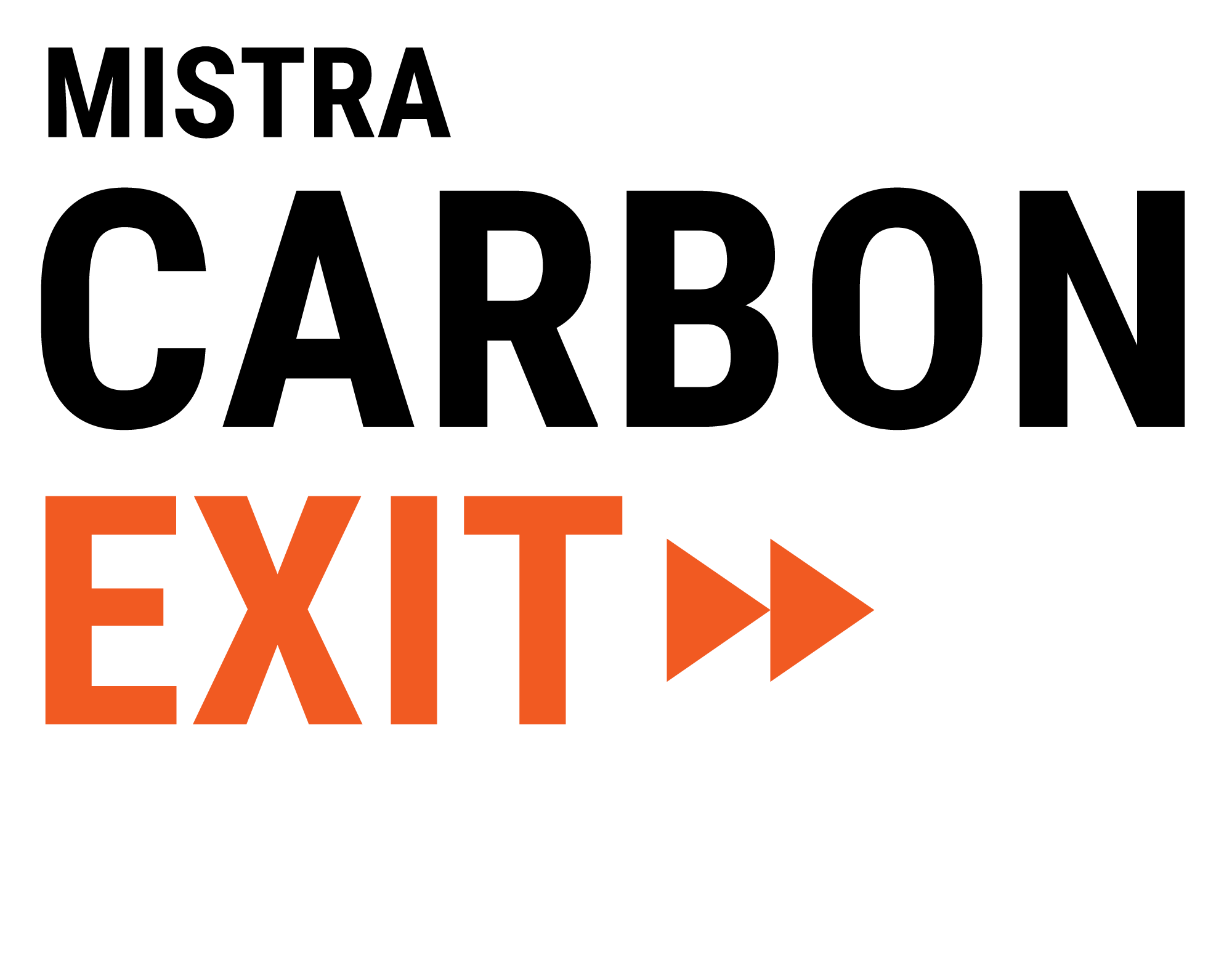Much to Learn from US Carbon Trading Systems
Trading systems are increasingly used by countries and regions to reduce carbon emissions from mainly industries, but they are different in design and more or less efficient. The EU-ETS has a lot to learn from US carbon trading systems, says Dallas Burtraw at the Resources for the Future in Washington DC.
The idea we have been working on is called an emissions containment reserve, which would cause the supply of emissions allowances to adjust if prices fall below expectation. Of course the price floor does that, but in emissions markets there is no adjustment to supply if prices fall substantially but stay above the price floor. The new mechanism would cause the supply to adjust in incremental ways, just the way the commodity markets usually work, says Dallas Burtraw, also fellow Mistra Carbon Exit researcher, at a seminar at Gothenburg School of Business, Economics and Law.
Surprisingly, by the end of August the US trading system RGGI, Regional Greenhouse Gas Initiative, announced it will strengthen its ambitions with a lower cap, based on a design influenced a lot by the work of Dallas Burtraw.
Although RGGI is modest in terms of emissions and price, it is important in principle and an example for others to learn from. Together with the Californian trading scheme it may help convince EU to go in the same direction, says Lars Zetterberg, program manager Mistra Carbon Exit.
Read the full interview with Dallas Burtraw at the University of Gothenburg here http://economics.handels.gu.se/english/news-and-events/news/d/eu-has-a-lot-to-learn-from-us-carbon-emissions-trading-systems.cid1516486
Read the "RGGI States Announce Proposed Program Changes: Additional 30% Emissions Cap Decline by 2030" here: http://rggi.org/docs/ProgramReview/2017/08-23-17/Announcement_Proposed_Program_Changes.pdf

